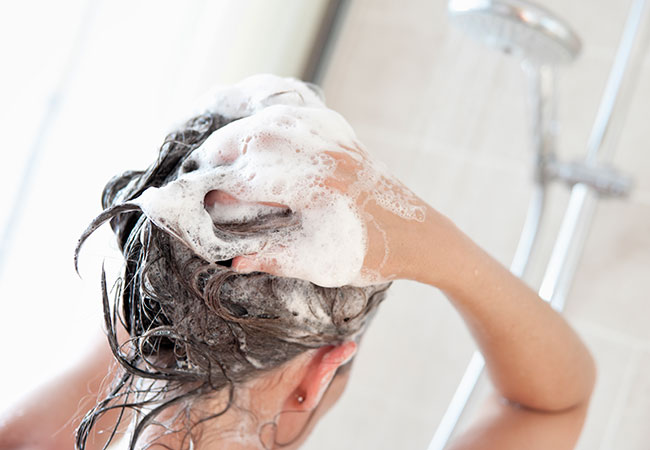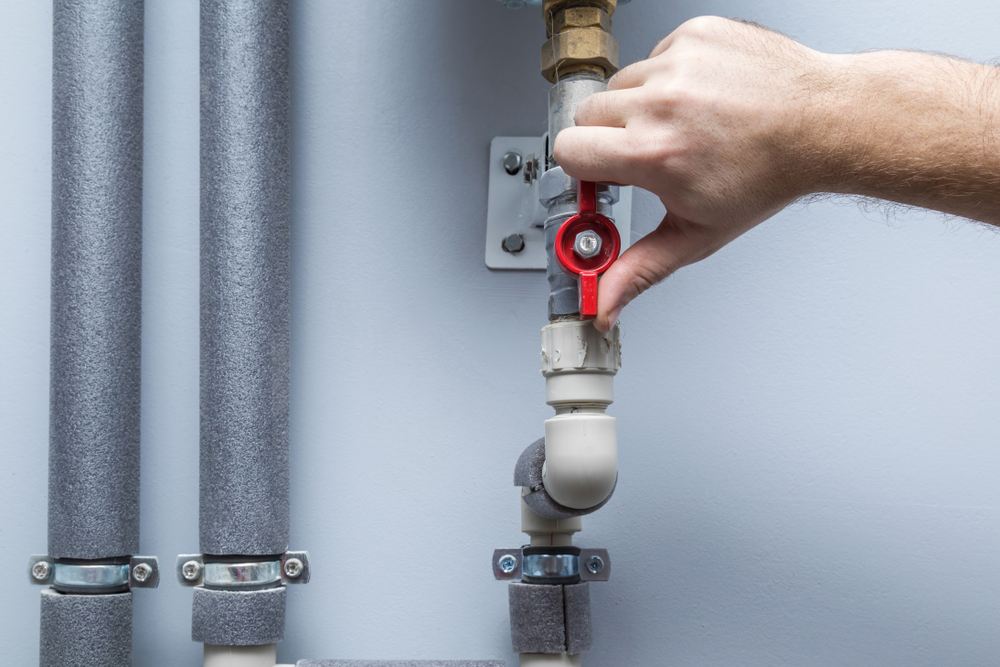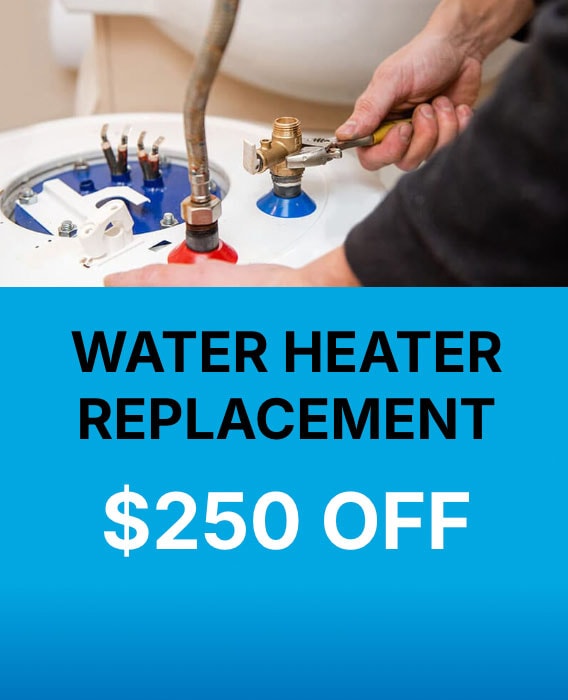Low water pressure in your home can be very annoying. Trying to wash your hair in a shower that ekes out a thin stream of water at an agonizingly slow rate takes forever and is definitely not the best way to start your day off on a pleasant note. Along the same lines, washing a dish in a kitchen sink that barely has the power to spit out a tiny trickle from its faucet is inefficient and infuriating. A change in water pressure in your home can drive you nuts.

Shampooing hair with little water
With that being said, excessively high water pressure can be just as much of a nuisance as low water pressure. Have you ever turned on a sink and had water spray out with so much power it hits and soaks your clothes? That’s an example of what can happen when your home has excessively high water pressure.
It is equally important to know how to increase and decrease the water pressure in your home. Knowing how to increase your water pressure helps you resolve low water pressure while knowing how to decrease your water pressure can help you fix excessively high water pressure in your home.
Keep reading to learn how to test, increase, and decrease the water pressure in your home—and get guidance on when it’s time to call in a professional.
How to Test the Water Pressure in Your Home
The first step to determining whether the water pressure in your home is really higher or lower than it should be is to test your water pressure.
Testing the water pressure in your home is very simple. All you have to do is get a water pressure gauge—which you can find at virtually any home improvement store for $10 or less—and attach it to your laundry tub faucet. Normal water pressure levels are between 55 and 75 pounds per square inch (psi).
If the water pressure in your home measures below 40 psi or above 80 psi, then it is significantly higher or lower than the normal water pressure range and something is likely, not right.
How to Increase the Water Pressure in Your Home
Sometimes, increasing your water pressure requires the help of a professional plumber. However, there are things you can try yourself to improve your water pressure before calling in a professional.
One of the easiest ways to increase the water pressure in your home is to dissolve mineral deposits that can build up at the opening of your pipes—i.e. at faucet and showerheads where water flows out. All you have to do to dissolve these mineral deposits is tie an open plastic bag filled with vinegar over your shower or sink faucet head. Leave the bag of vinegar on overnight, remove it the next morning, and test your water pressure again to see if it has improved.
If dissolving mineral deposits at the openings of your faucet and showerheads does not help increase the water pressure in your home, however, you might need the help of a professional plumbing expert to diagnose and solve whatever plumbing issue is causing your low water pressure.
How to Decrease the Water Pressure in Your Home
High water pressure is actually much more dangerous than low water pressure. If the water pressure in your home is too high, it can cause pipes to burst and lead to water leaks and other severe plumbing issues that can be very expensive to fix.
If you test your water pressure and it measures over 80 psi, turn your main water valve off to shut off the water supply to your house and prevent further damage like water leaks. Then, call a plumbing expert in your area immediately to come out to diagnose and fix the problem.
If you have a problem with your water pressure and are located in Riverside County or its surrounding areas throughout Southern California, trust the team of plumbing experts at Accurate Leak Locators and Plumbing to diagnose and fix the problem for you.
Accurate Leak Locators and Plumbing is a plumbing company based in Menifee, California, that addresses virtually all plumbing issues in your home—including high water pressure, low water pressure, and water leaks—and solves them quickly and effectively at an affordable price.


